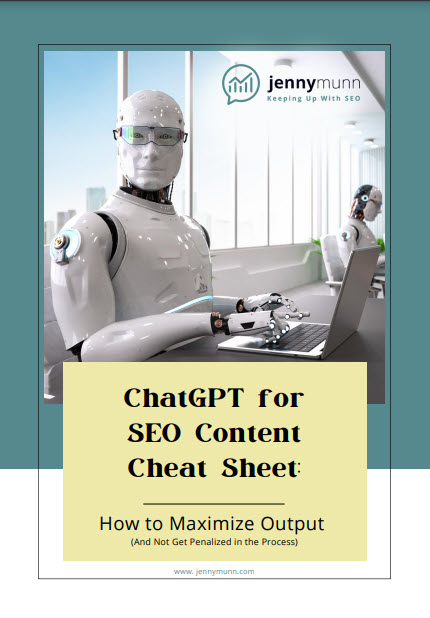Who here has ever let assumptions get in the way of marketing success? #AskingForAFriend
In the case of a giveaway contest I recently managed for one of my K-12 Non-Profit/Advocacy clients, our goal was to get submissions (user generated content stories) that we could use for advocacy endeavors on the website and in social media. We were strictly using Facebook and LinkedIn ads to reach our target audience.
The mission was clear:
- Drive advertising clicks and traffic back to our landing page (micro conversion)
- Garner submissions in the form of contest entries (our ultimate conversion)
Fast Forward to the End
Our promising campaign launched, but did not take off. So after a couple days, we rolled up our sleeves to dig in to the data and find where exactly we were missing the mark. We used a data-driven approach to pivot the campaign halfway through in order to reach our contest goals. Course correcting resulted in a conversion acceleration from 2 conversions to 16 conversions, a 700% growth.
Don’t Let Your Ego – Or What You Think You Know – Run the Show
What we KNOW and what we DO are two different things, right? Just think of website pop ups. We say we hate them, but data shows they are effective. What we did was not that spectacular, but it did bring to light 3 mistakes I made where I let assumptions and ego get in the way.
1. Facebook is a Mobile-Heavy Platform: Act Accordingly
Just because I don’t use Facebook on my phone much doesn’t mean my target market doesn’t. (I removed the app 2 years ago when I found I was on my phone way too much and I wanted to cut back.) In fact, nearly 1 billion of Facebook’s 1.5 billion users only ever visit the site on their smartphones. Avoid the mistake of thinking that ad creation for mobile platforms is just a matter of making things smaller. If your copy is too long or distracting, your ad will be shown to fewer people. Less is more times 10 on mobile. Attention spans are shorter. One important fix we made was to up the “sense of urgency quotient,” which is a good best practice no matter the device or platform.
2. Don’t Be That Guy: Adhere to Landing Page Best Practices
Don’t think your campaign is going to be the one that puts landing page best practices to shame. (I already tried that and it didn’t work.) Landing page best practices are full of science and data and testing that really does SHOW and prove what really works. In our campaign, we did try and buck convention by having not only 1 but 2 landing pages, tons of copy, and multiple links. Crazy Egg, data, and lack of initial conversions showed us that our ambitious plan of squeezing in educational information was just not cutting it. We had to scrap most of our copy and eliminate the second landing page in order to start generating results. This goes double for the fact that traffic was coming from social, which is primarily mobile (see the point above).
3. LinkedIn Is Expensive—But Effective
It is common knowledge among digital marketers that LinkedIn is one of the most expensive, if not the most, of all the social advertising platforms (Google Ads not included). The average CPC (cost per click) on Facebook is $.54 while the average CPC for LinkedIn is $6.50. Coupled with the fact that Facebook has over 2.23 billion monthly active users and LinkedIn only has 500 million, I assumed Facebook would drive the most conversions and give us the most bang for our budget. Or at least pull its own weight. I was wrong. While Facebook had over 3x the amount of clicks as our LinkedIn ads got, Facebook accounted for only 15% of our conversions. While the clicks on LinkedIn were fewer and more expensive, they were more helpful at helping us get in front of our target market that bit off on our offer. In the end, it is still about who you’re trying to target and where they’re showing up.
The Win
Measuring outcomes and course correcting halfway through the campaign resulted in a conversion acceleration from 2 conversions to 16 conversions, a 700% growth. But the real win was in the pivot and of course, the lessons learned from eating humble pie.
Jenny Munn
Latest posts by Jenny Munn (see all)
- Four 2024 SEO Planning Tips for World Domination - November 16, 2023
- SEO Planning Tip: Why You Need a CYA Clause - November 3, 2023
- How Long Does SEO Take to Show Results? (Updated for 2023) - August 9, 2023


